India: A Journey Through Its Rich Culinary Landscape
When talking about India, the South Asian nation famed for its cultural and culinary diversity. Also known as Bharat, it serves as the backdrop for a food tradition that blends climate, history and regional pride. Indian cuisine isn't a single style; it’s a collection of regional systems that share common spices, techniques, and a love for fresh ingredients. One iconic dish that illustrates this mix is Biryani, a layered rice preparation cooked with meat, vegetables and aromatic spices. Another staple, Dal, a simmered lentil or legume dish providing protein and comfort, appears on tables across the subcontinent. And for a burst of tangy freshness, Chutney, a condiment made from herbs, fruit, or nuts blended with spices often accompanies every meal. Together, these foods form a web where "Indian cuisine" encompasses "regional dishes", "spice blends" and "daily rituals".
Why Biryani Holds a Special Place in Indian Kitchens
Biryani is more than a fancy rice dish; it’s a culinary technique that requires specific steps. The dish requires a careful balance of fragrant spices like cardamom, cloves, and saffron, and a method called "dum" where the pot is sealed and cooked slowly. This process creates a layered texture where each grain absorbs flavor without becoming mushy. Regional variations—from Hyderabadi's rich, meat‑heavy version to Kolkata's subtly sweet egg‑laden style—show how local ingredients shape the core concept. The semantic triple "Biryani requires aromatic spices" underscores the dish’s dependence on spice quality. Knowing the right proportion of ghee, yogurt, and lemon can turn a simple potluck into a celebratory feast, and the tips we share later will help you master those nuances.
Dal, on the other hand, is the workhorse of Indian meals, delivering both nutrition and comfort. It offers a high protein profile while also providing complex carbs, making it a balanced option for any diet. Different lentil types—masoor, toor, moong—each bring unique textures and cooking times, which is why soaking or not soaking can affect digestibility and flavor. The semantic relationship "Dal provides protein and carbs" captures its dual role. Seasoned with tempering of mustard seeds, curry leaves, and dried red chilies, dal becomes a canvas where regional herbs shine. Whether you prefer a thin, soupy rasam or a thick, creamy puree, the underlying principle stays the same: good dal needs the right balance of heat, acidity, and aromatics.
Chutney adds the finishing touch that lifts even the simplest plate. From coconut‑based south Indian versions to mint‑yogurt blends popular in the north, chutney enhances flavor, texture, and visual appeal. The semantic triple "Chutney enhances taste of Indian meals" shows its supporting role. A splash of lemon, a pinch of sugar, or a handful of roasted peanuts can shift a bland accompaniment into a star. Understanding how temperature affects chutney—hot versus cold—helps you decide when to serve it with fried snacks versus steaming dals.
Beyond these highlighted foods, Indian cuisine also thrives on breads like roti and dishes such as curry, each with its own set of rules. Roti needs soft dough, the right oil timing, and a hot tawa for puffing. Curry, whether creamy or tomato‑based, relies on a base of sautéed onions, garlic, ginger, and a blend of ground spices. These elements interlock: a well‑puffed roti pairs perfectly with a spoonful of dal, while a creamy curry finds its match in a side of fluffy biryani. Recognizing how these components interact lets you build meals that feel cohesive rather than a random assortment of dishes.
Below, you’ll find a curated collection of articles that dive deeper into each of these topics. From mastering the art of biryani layering to troubleshooting roti that won’t puff, the posts cover practical tips, science‑backed explanations, and cultural insights. Use them as a toolbox to sharpen your cooking skills and bring authentic Indian flavors to your own kitchen.
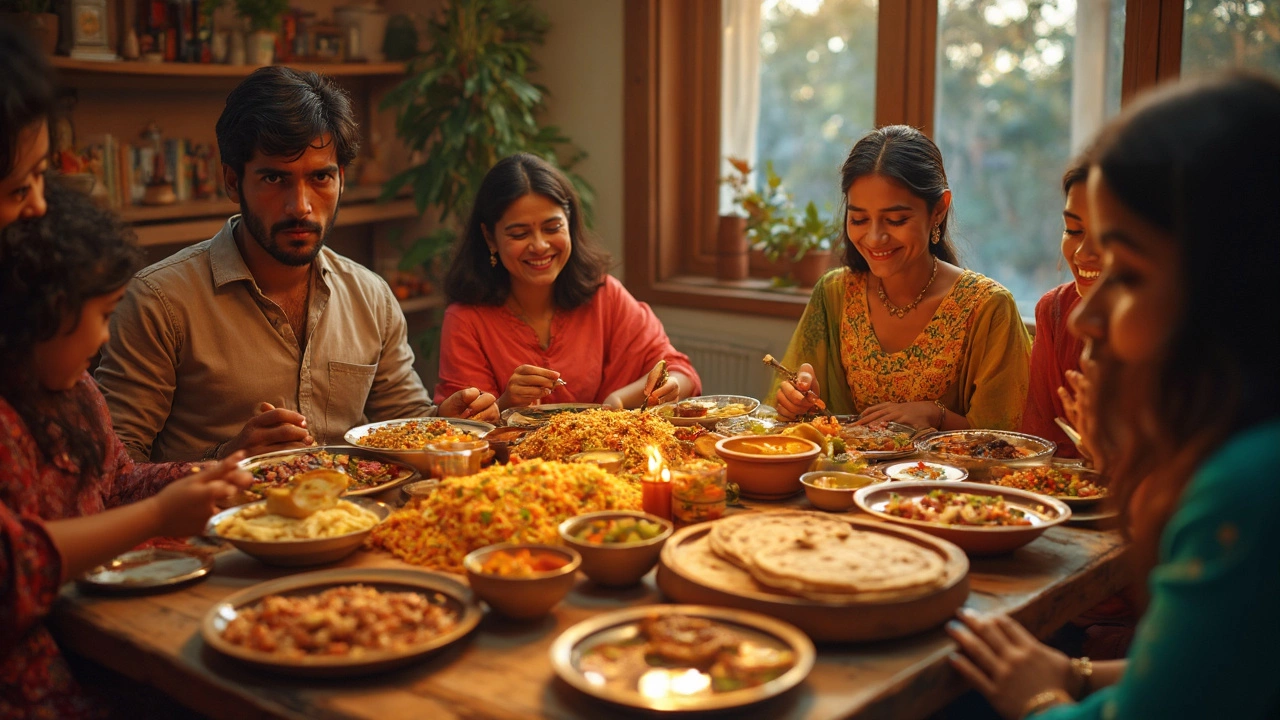
Which Country Eats the Least Meat? Insights on Vegetarian Traditions
Ever wonder which country tops the list for eating the least meat? This article dives into the surprising numbers behind global meat consumption, with a spotlight on India’s strong vegetarian culture. You’ll find out how traditions, beliefs, and local dishes shape eating habits. Plus, we’ll share some practical tips for enjoying vegetarian Indian meals at home. Whether you’re cutting back on meat or just curious, you’ll get plenty of useful info here.
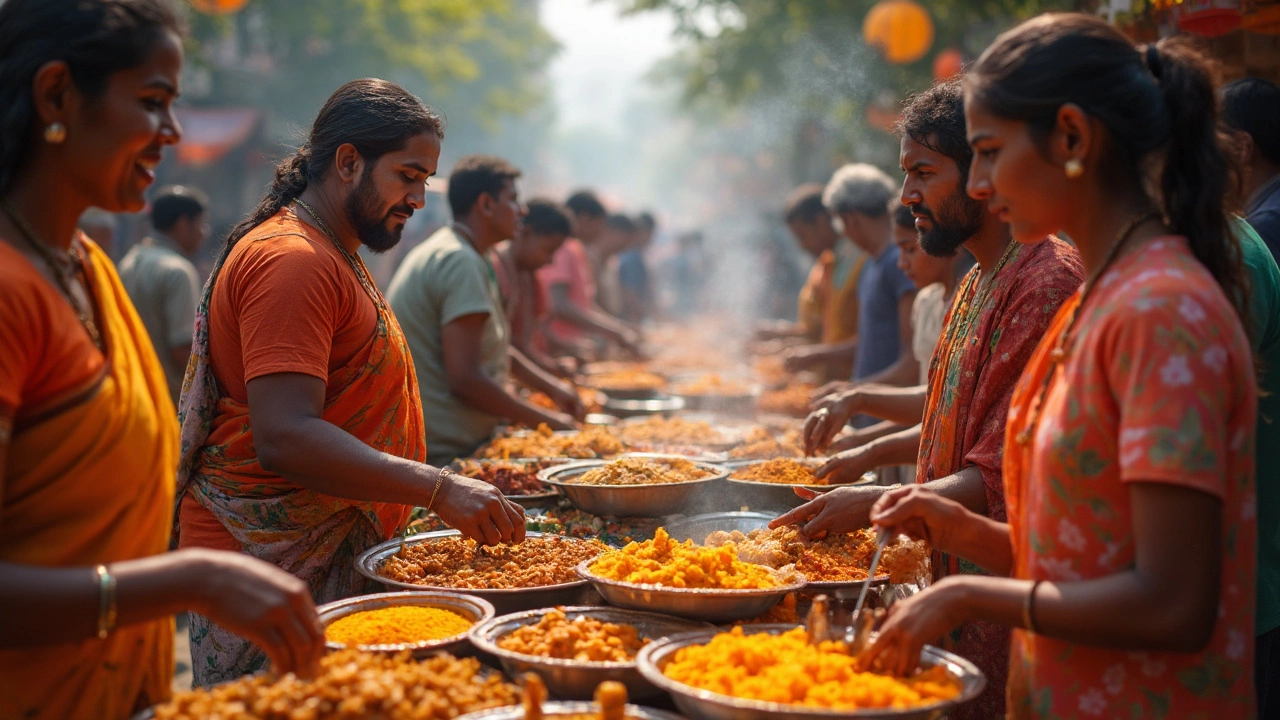
Why Indian Street Food is Served by Hand
Indian street food isn't just about flavors; it's also about the way it's served – using hands. This method isn't just convenience but is deeply rooted in tradition and practicality. In India, eating with hands is culturally significant and enhances the sensory food experience. This approach also helps in measuring the right temperatures and portion sizes when serving food. Discover why Indian street food vendors prefer this method and how it adds to the authenticity of the culinary experience.
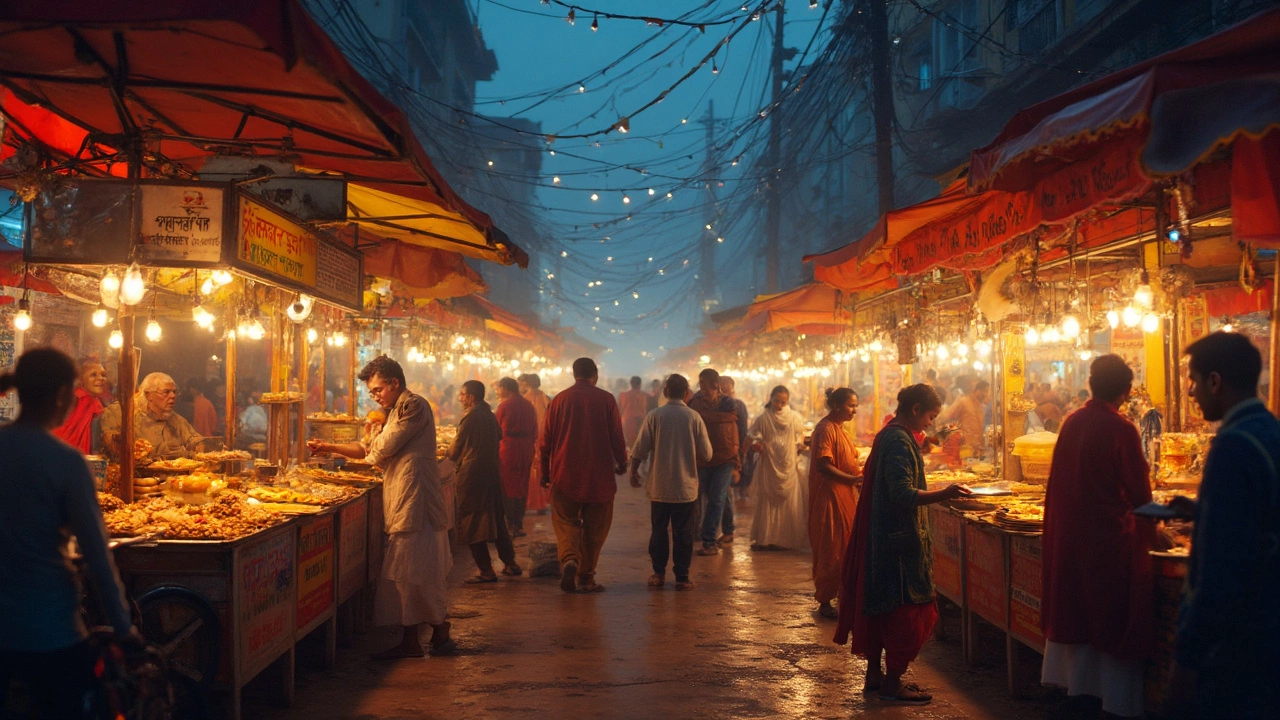
When Do People in India Enjoy Dinner?
In India, dinner time varies widely across regions and cultures, influenced by lifestyle, work schedules, and social norms. While some start eating as early as 7 PM, others might not dine until 10 PM. Street food culture plays a big role in determining when people eat, with bustling markets often extending mealtime into later hours. Understanding these patterns can offer insights into India's diverse eating habits and the vibrant role street food plays in everyday life.
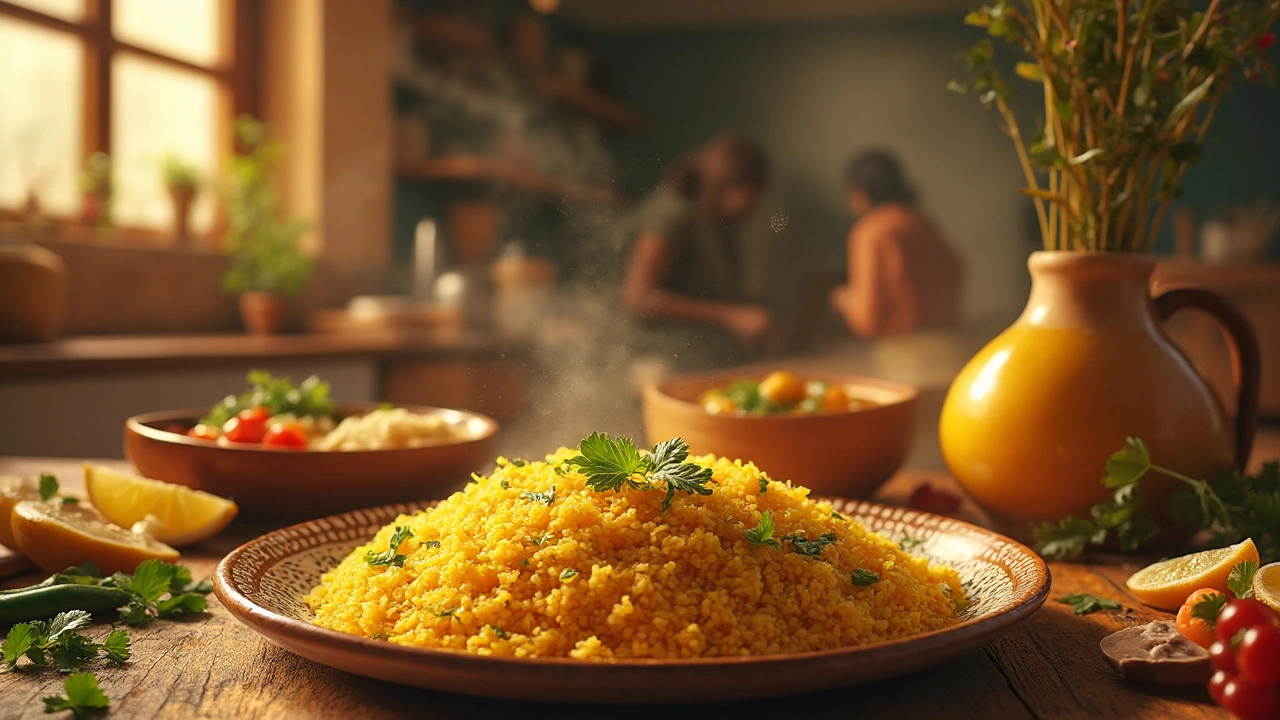
Discover the Healthiest Breakfast in the World: An Indian Twist
Explore the healthiest breakfast option in India, combining timeless tradition with nutritional benefits. Learn about the magic of poha, its easy preparation, and its profound impact on health. Enhance your mornings with simple tips and interesting facts about this balanced meal. This insightful article will guide you on incorporating poha into your morning routine for a healthier start.
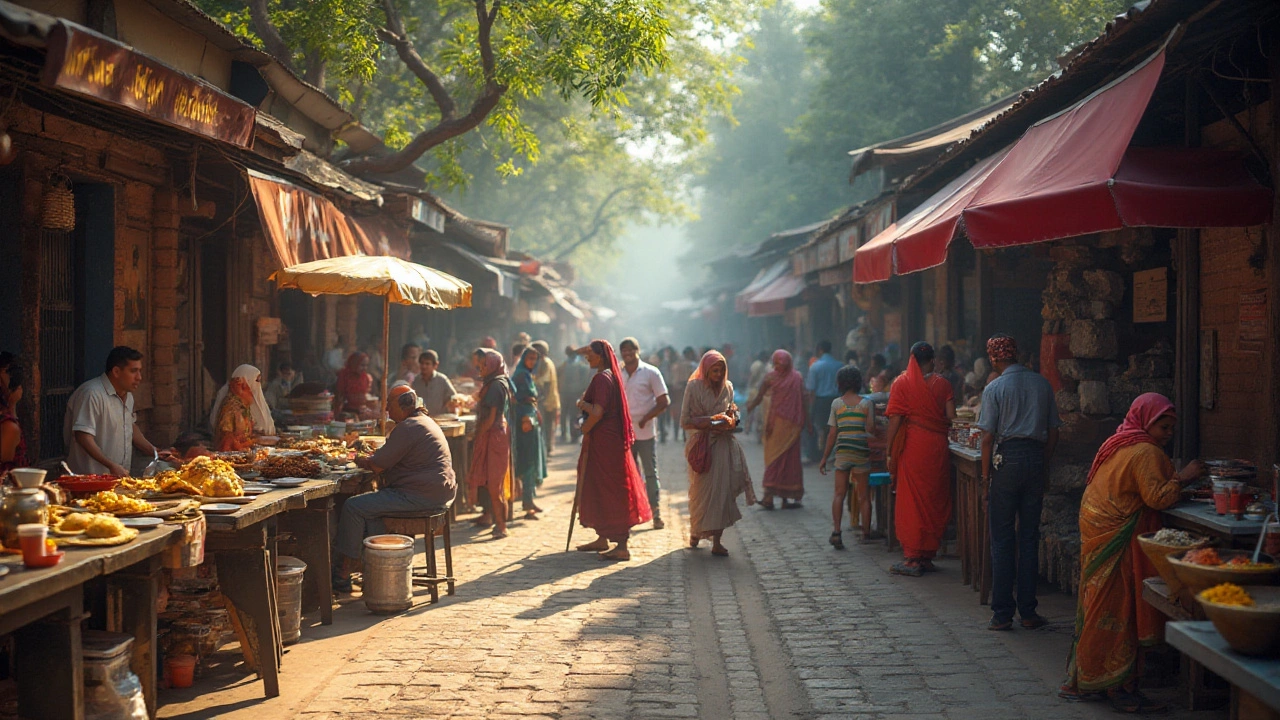
Exploring India's Most Beloved Breakfast Delights
India, a land of diverse cultures and vibrant traditions, serves a wide variety of breakfast delicacies that are loved by people around the world. From savory to sweet, each region offers its unique flavors and recipes that reflect its heritage. This article dives into the heart of India's breakfast cuisine, uncovering the most famous and cherished morning meals. It explores what makes these dishes stand out and provides tips on how to enjoy them.